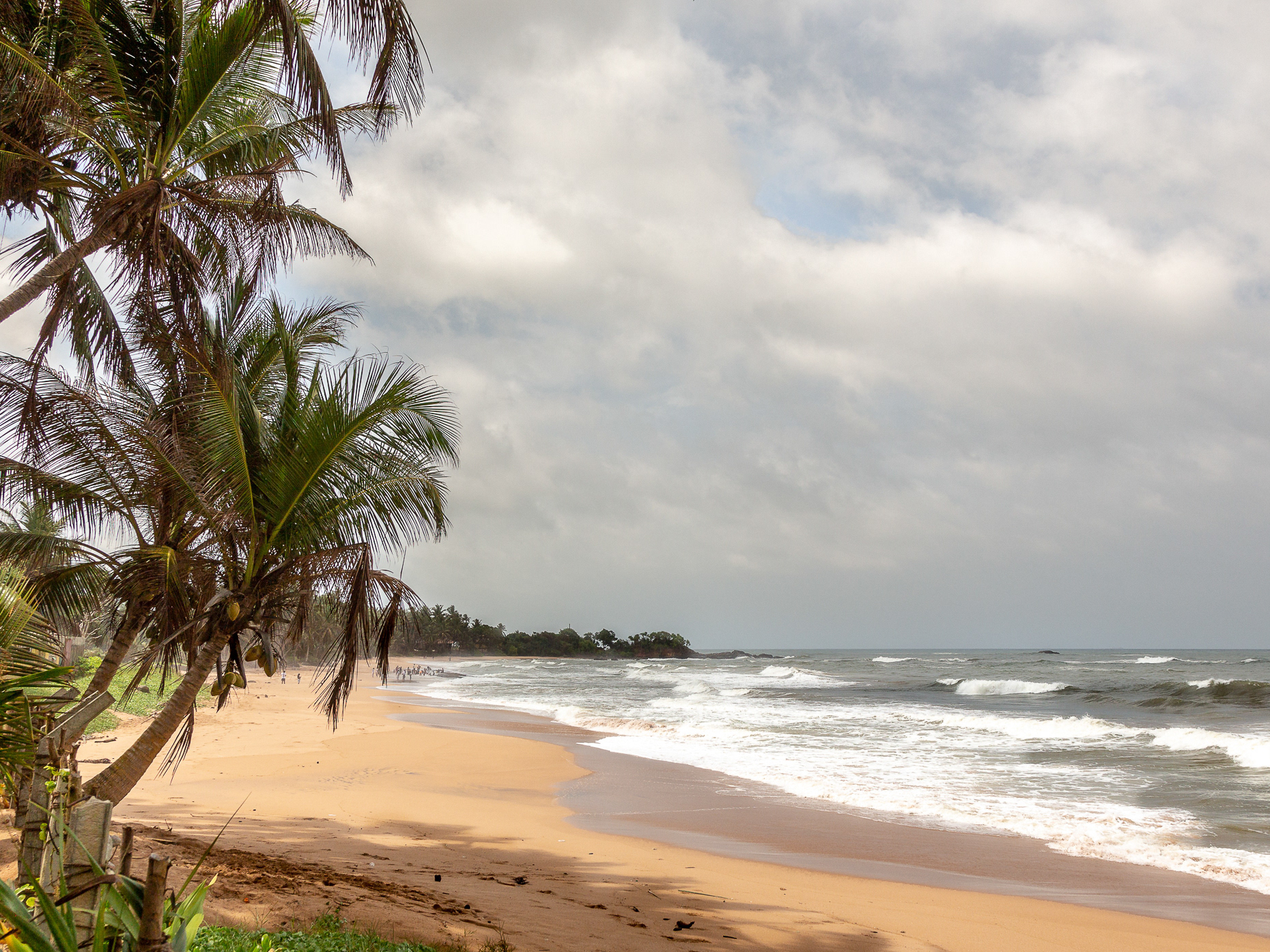Chaffinch
Usually known simply as the chaffinch, is a common and widespread smallpasserine bird in the finch family. The male is brightly coloured with a blue-grey cap and rust-red underparts. The female is much duller in colouring but both sexes have two contrasting white wings-bars and white sides to the tail. The male bird has a strong voice and sings from exposed perches to attract a mate.
The chaffinch breeds in much of Europe, across Asia to Siberia and in northwest Africa. It prefers open woodland and often forages on the ground. The female builds a nest with a deep cup in the fork of a tree. The clutch is typically 4–5 eggs, which hatch in about 13 days. The chicks fledge in around 14 days but are fed by both adults for several weeks after leaving the nest. The chaffinch is a partial migrant; birds breeding in warmer regions are sedentary while those breeding in the colder northern areas of its range winter further south.
Info:Wikipedia
Starlings
Are medium-sized passerines. The shortest-bodied species is Kenrick's starling, at 15 centimetres, but the lightest-weight species is Abbott's starling, at 34 grams (1.2 oz). The largest starling, going on standard measurements and perhaps weight, is the Nias hill myna. This species can measure up to 36 cm (14 in) and, in domestication, can weigh up to 400 g (14 oz). Rivalling the prior species in bulk if not dimensions, the mynas of the genus Mino are also large, especially the yellow-faced (M. dumontii) and long-tailed mynas . The longest species in the family is the white-necked myna , which can measure up to 50 cm (20 in), although around 60% in this magpie-like species is comprised by its very long tail. Several species of starling exhibit sexual dimorphism in size.
Info:Wikipedia
The northern lapwing
Is a 28–33 cm (11–13 in) long bird with a 67–87 cm (26–34 in) wingspan and a body mass of 128–330 g (4.5–11.6 oz).[3] It has rounded wings and a crest. It is also the shortest-legged of the lapwings. It is mainly black and white, but the back is tinted green. The male has a long crest and a black crown, throat and breast contrasting with an otherwise white face. Females and young birds have shorter crests, and have less strongly marked heads, but plumages are otherwise quite similar.
The name lapwing has been variously attributed to the "lapping" sound its wings make in flight, from the irregular progress in flight due to its large wings (OED derives this from an Old English word meaning "to totter"), or from its habit of drawing potential predators away from its nest by trailing a wing as if broken. This is a vocal bird in the breeding season, with constant calling as the crazed tumbling display flight is performed by the male. The typical contact call is a loud, shrill "pee-wit" from which they get their other name of peewit. Displaying males usually make a wheezy "pee-wit, wit wit, eeze wit" during their display flight, these birds also make squeaking or mewing sounds.
It feeds primarily on insects and other small invertebrates. This species often feeds in mixed flocks with golden ploversand black-headed gulls, the latter often robbing the two plovers, but providing a degree of protection against predators.
Info:Wikipedia
Swans
Are birds of the family Anatidae within the genus Cygnus. The swans' close relatives include the geese andducks. Swans are grouped with the closely related geese in the subfamily Anserinae where they form the tribeCygnini. Sometimes, they are considered a distinct subfamily, Cygninae. There are six or seven species of swan in the genus Cygnus; in addition there is another species known as the coscoroba swan, although this species is no longer considered one of the true swans. Swans usually mate for life, though "divorce" does sometimes occur, particularly following nesting failure. And if a mate dies, or is killed by a predator, the remaining mate will take up with another; however, if all goes well in the pairing, they indeed will stay together for life. The number of eggs in eachclutch ranges from three to eight.
Info:Wikipedia










